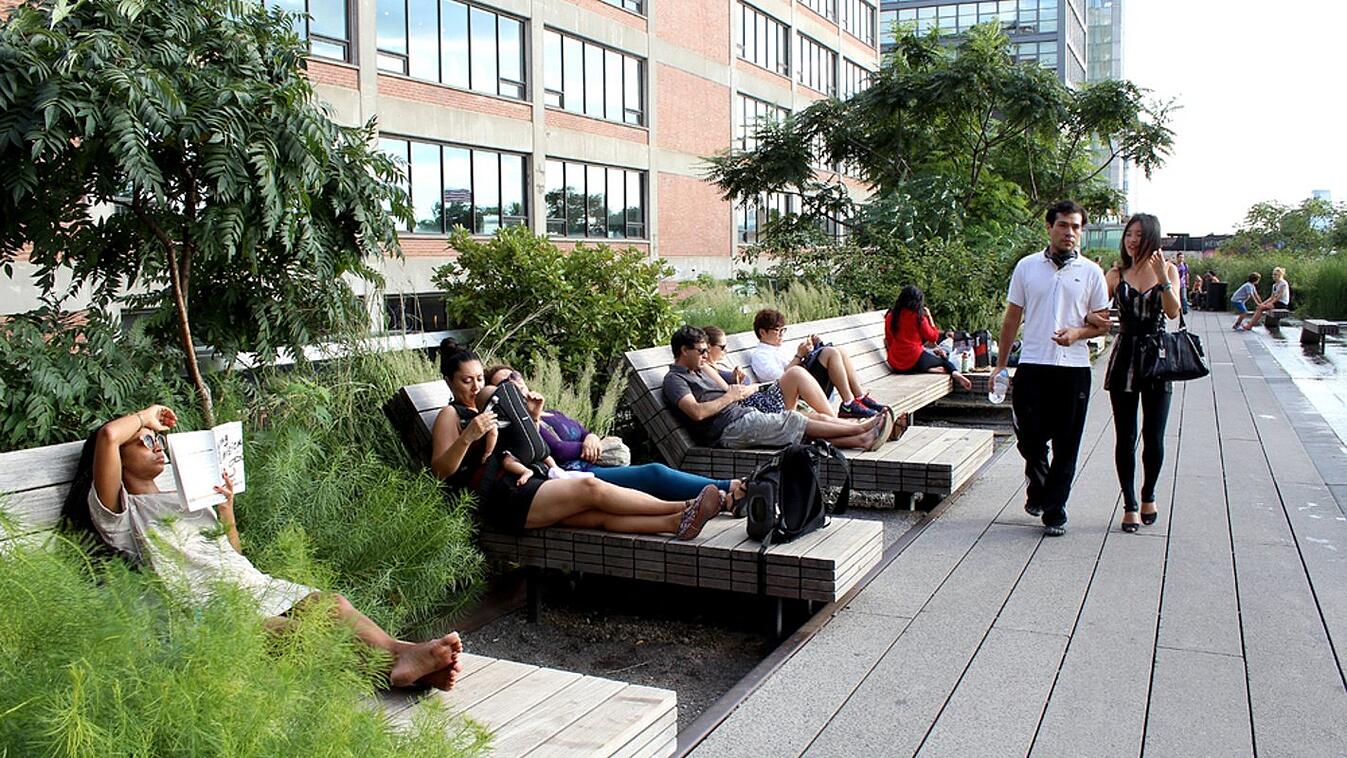Today’s college students are part of the most design-savvy generation in history. Where they live says a lot about what they value and who they are and how others perceive them. With the wide range of student housing choices out there, embracing unique and forward-looking design that speaks to who they are and who they want to be will get their attention. This is especially true of the exterior spaces.
It seems like basic knowledge, yet many architects tend to forget about the fact that the buildings they are designing are always in large and complex settings. As a result, landscape architecture is often seen as an afterthought, something to look at after the foundations of a building are laid. But this approach can create a disjointed result, with the architecture and landscape appearing independent from each other.
We have come to the end of our blog series exploring some of the most significant issues relative to student housing development throughout Utah. Follow the links below to read all the articles in the series.
Follow the shortcuts:
- How Amenities Have Changed the Game in Student Housing Development in Utah
- 5 Amenities that Will Take Your Student Housing Development from Dull to Brilliant
- How Can Developers Make Their Student Housing Projects More Competitive?
- Looking to Attract Millennials to Your Student Housing Development in Utah?
- Rooftop Amenities: A Must-Have in Today’s Student Housing Developments
- Developers: Your Student Housing Project Needs an Outdoor Amenity Specialist
- Student Housing Amenity Trends to Keep Occupancy Rates High in 2018 [and Beyond]
- Tips for Developers to Avoid Going Bust in Utah Student Housing Boom
- 10 Reasons Why a Landscape Architect Is a MUST for Student Housing Developments
- What Are Architects Missing in the Design of Student Housing Projects?
THE ROLE OF LANDSCAPE ARCHITECTURAL DESIGN IN STUDENT HOUSING
Given the evolving student base, having an exceptional and functional landscape design is essential to the success of a high-end student housing development. Connectivity, collaborative spaces, activity spaces and even technology are now integral parts of the outdoor built environments at student residences. These spaces bring new and deeper meaning to landscape architectural design.
A common mistake we see in the student housing marketplace is that developers finalize new development architecture plans and involve landscape architects closer to the start of construction, when in fact, the timeline should be in the reverse order. Developers need to involve a landscape architect in the market research, planning, and design phases to get expert opinion on the feasibility of the landscape project and incorporate operational efficiencies into the development plans.
Involving a landscape architect from the beginning helps developers avoid errors such as oversupplying the market with a poorly designed amenity deck, or underwriting unrealistic expenses — all issues that could hinder future occupancy and revenue growth.
WORKING TOGETHER: LANDSCAPE ARCHITECT, ARCHITECT & DEVELOPER
Is there a significant benefit to a developer when the project’s architect and landscape architect meet early in the design and planning phase of your new student housing development? Yes. In fact, everyone comes out a winner.
A collaborative approach makes the best possible use of time and money. Moreover, the building design and landscape design can be integrated entirely to make best possible use of the site for indoor/outdoor flow.
Not only that, but a landscape architect’s plans can optimize the use of your land and outdoor space, maximize the use of plants, trees, and structures to minimize energy usage, design spaces to conserve water, and in general, improve the value, look, environmental friendliness, and function of the outdoor environment of your student housing development.
A well-thought out landscape architecture design provides an opportunity for sound investment. A mediocre landscape architecture design will never be more than the sum of its parts, while a landscape architecture that responds mindfully to the end user’s needs and site specifics will inevitably result in a building that attains and retains value beyond its initial costs.
FINAL THOUGHTS
Like for all development projects, landscape architecture is an investment in your property, so it’s especially important to have the guidance of a licensed landscape architect professional before you begin.
For more information about how exterior space design and outdoor amenity packages can give your student building a competitive edge, please contact us, and we will be glad to discuss some potential opportunities.
